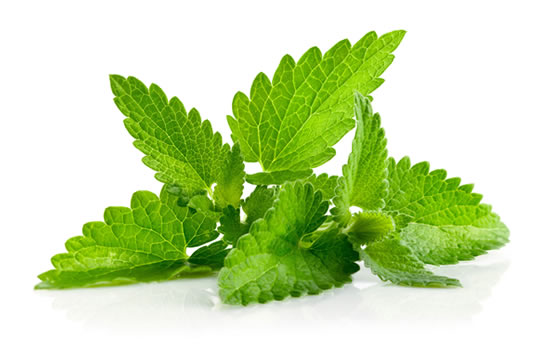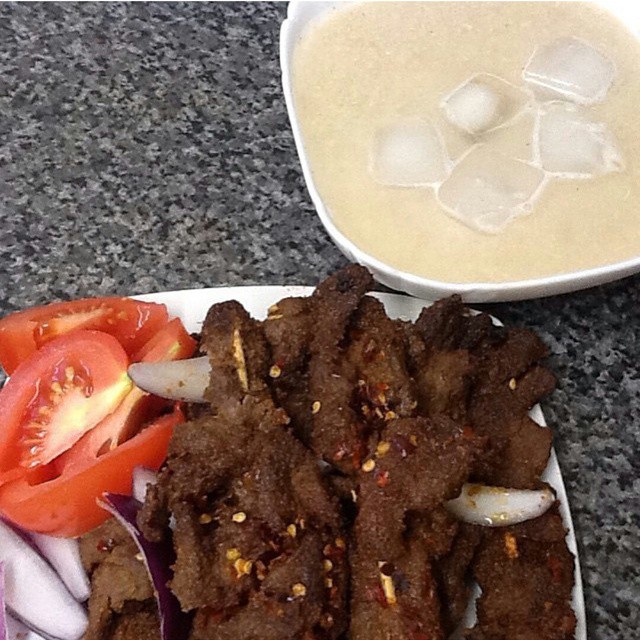The sight of seeing your favorite footballer or sportsman pulling an hamstring could be very frightening as you tend to feel for him/her. Feeling this same pain yourself could make you feel worse.

Muscle Pull or Muscle Strain, whatever the name maybe, is something that most people, even an athlete loves to experience.
This is the damage caused to a certain muscle or the tendons attached to it. A muscle pull or muscle strain occurs when a certain muscle is overstretched or torn. This is usually as a result of overuse, fatigue or improper use of a muscle. Though strains can happen in any muscle, we are most familiar with the strains at the lower back, neck, shoulder, and the hamstring.

During sports or while performing certain regular/routine activities, one tends to put undue pressure on one’s muscles, thus straining the muscles in question. These strains are usually very painful and when they occur, can limit movement within the affected muscle group.
Though in most cases, muscle pulls or strains may be attended to with ice blocks, heat or other inflammatory treatments but several strains or tears may require medical treatment.
Symptoms of Muscle Pulls

The following are symptoms of muscle pull or strain:
- Pain while resting
- Weakness of the muscle
- Swellings
- Inability to use the muscle at all
- Limited range of movement
- A knotted-up feeling.
Prevention and Care
It is advised that when performing a job or carrying out an activity, you should avoid putting too much pressure on a particular muscle. Try as much as possible to evenly spread the applied load.
Avoid carrying out unduly strenuous work/activity. Perform only tasks that are favorable to your body system and capacity.
Regular exercise – this helps keep our body fit. Exercise also helps build our muscles. It is recommended that while exercising, one should start with the lighter exercises and gradually increase the intensity of the exercise. Overall depending on the purpose of the exercise one may need to avoid the more strenuous exercise types.
Warm up before any physical activity.
Eat properly and consume lots of fluid. Food does go a long way in building and repairing worn out tissues.
Rest when necessary
Be 100% real. Avoid steroids.

Since muscle pulls can come at any time, it is often recommended that when experiencing this pain, you maintain a stretched position which would be favorable and thus help reduce the pain.
Apply packs of ice to reduce the pain. Avoid placing the ice directly on the skin. A towel which could serve as a protective covering should be placed first on the skin.
Heat can then be applied when the swelling has reduced. The early application of heat can however, increase the pain and cause swelling.
Pain killers and other non steroidal anti-inflammatory drugs such as ibuprofen or naproxen are recommended to reduce pain. They also improve your ability to move around.
N.B These drugs should not be taken if you have any form of kidney disease or any history of gastrointestinal bleeding.
Protect the pulled muscle from further injury. Ensure that the muscle is completely healed before resuming your daily activity. Also try to avoid the activity that caused the muscle strain initially.
If the pain does not subside after a week, you are advised to seek medical attention as in very severe cases surgeries may be required. A visit to the physiotherapist may also not be warranted.









